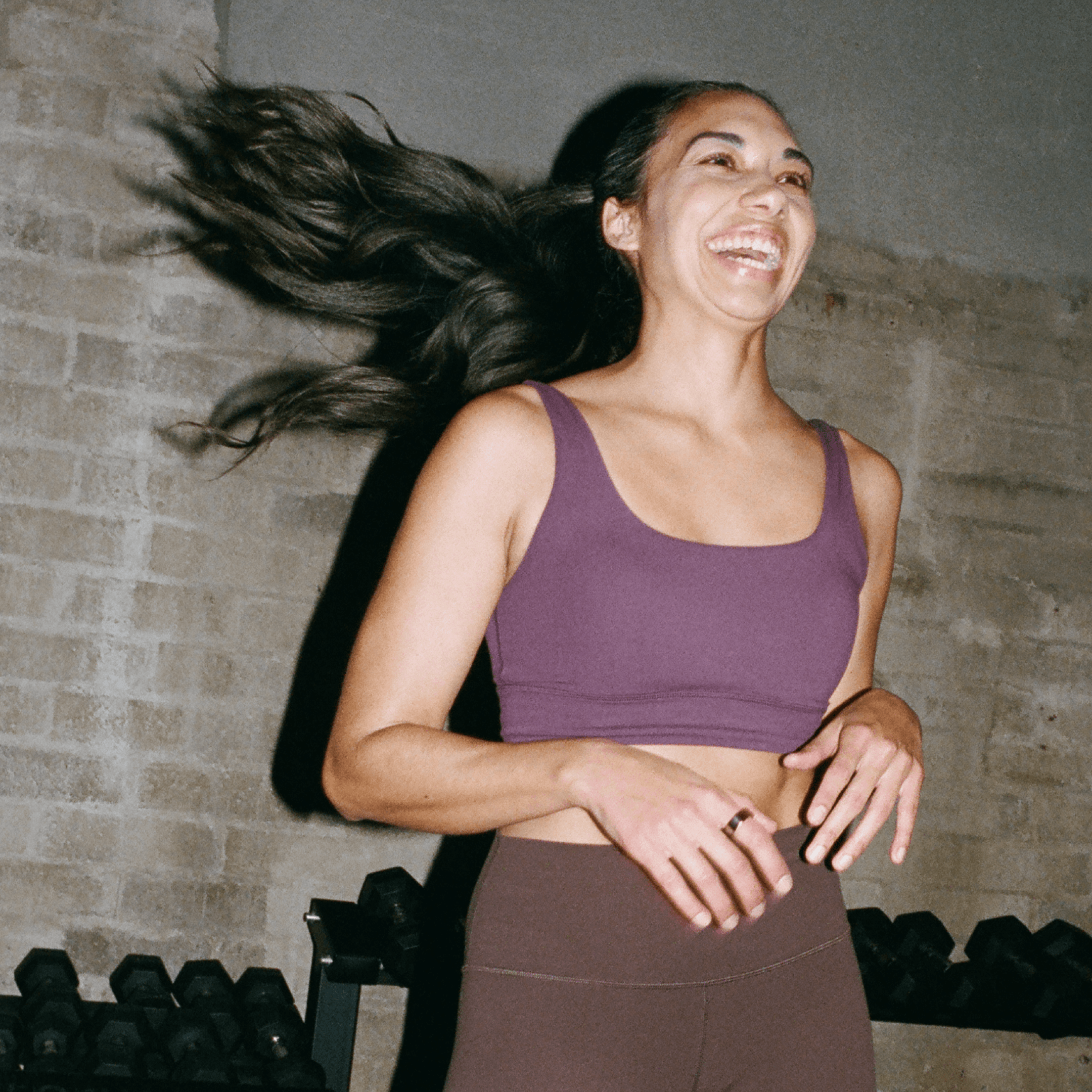View all articles
How to Work Out Safely and Effectively in the Summer Heat
Jun 20, 2025
Written By
Adam Gray-Hayward
Reviewed By
Paul Winsper, Chief Science and Performance Officer, AlterMe

Related posts

Adam Gray-Hayward | May 30, 2025
Why Seasonal Light Changes Your Mood Energy and Motivation
As the seasons shift, so does your biology. Learn how sunlight impacts serotonin, mood, and motivation—and how to harness seasonal energy to reset your rhythm and elevate your health.

Adam Gray-Hayward | Jun 20, 2025
Yoga and Your Wellness Journey on International Yoga Day
Yoga is more than a movement practice. It’s a lifelong tool for healing, alignment, and long-term well-being. On International Yoga Day, we explore how yoga impacts weight loss, stress, sleep, and full-body health in ways that extend far beyond the mat.

Adam Gray-Hayward | Jun 26, 2025
Detox Your Body Naturally with Simple Science Backed Steps
Daily detox starts with supporting your body’s natural systems. Learn how whole foods, movement, quality sleep, and consistent habits help you feel lighter, clearer, and more energized—no extremes required.
You Deserve to Feel Amazing.
AlterMe is your personalized path to real, lasting change—no guesswork, no extremes. Just science-backed results that fit your life. AlterMe is more than a plan—it’s your guide to lasting results. Start your transformation today and see what’s possible.